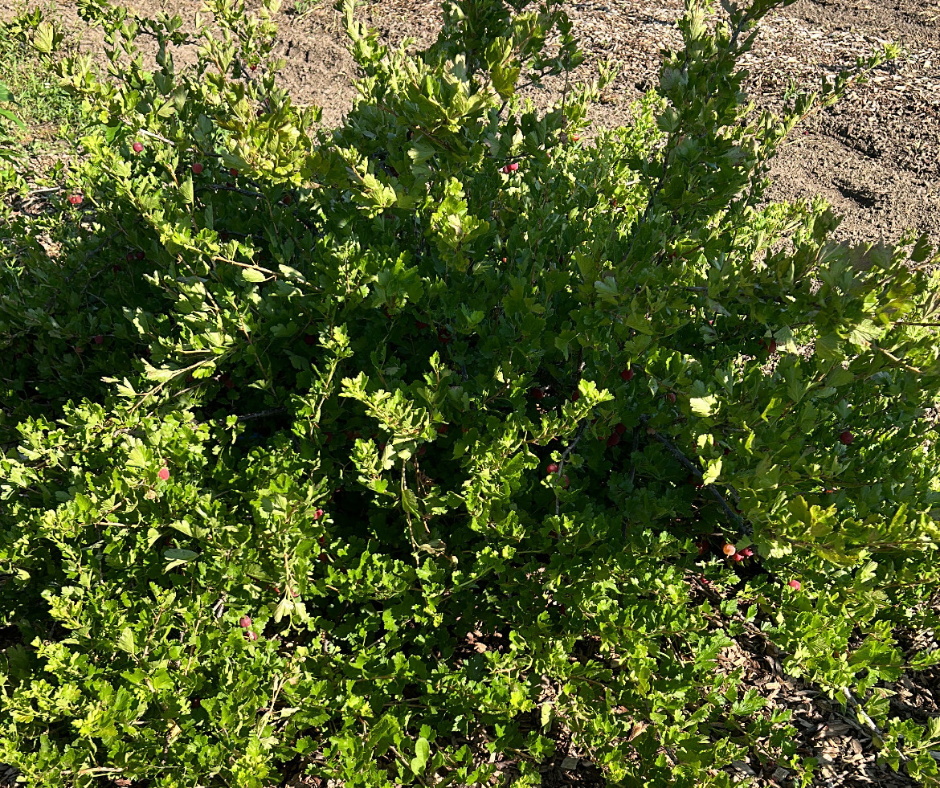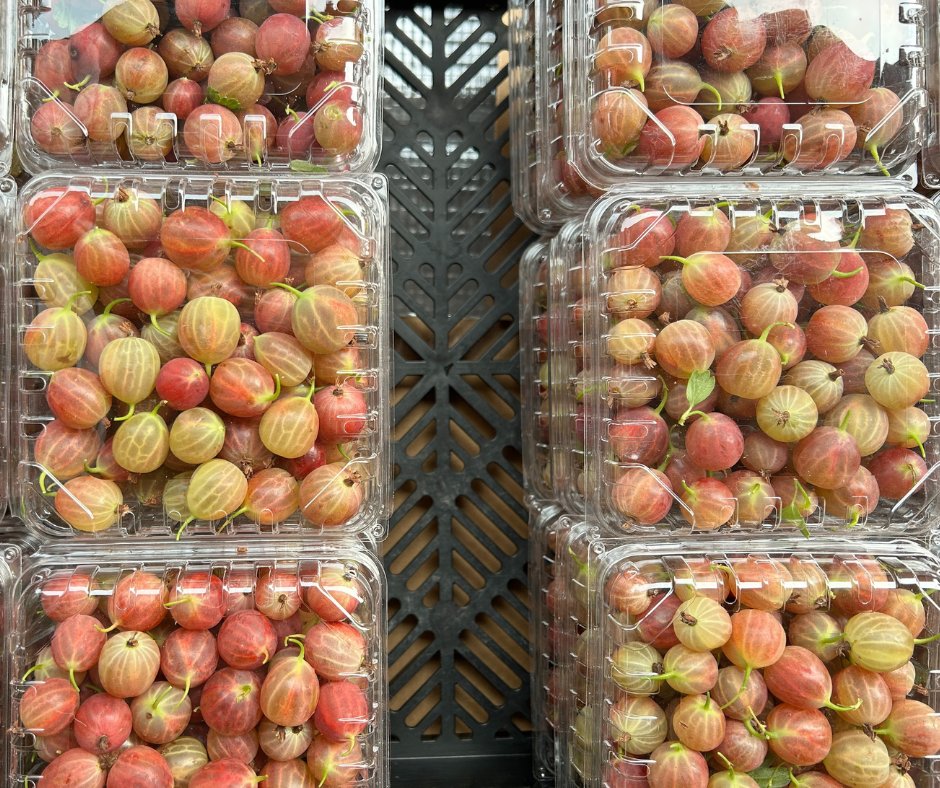Why the US Declared War on Currants and Gooseberries in 1911
Did you know that 99.9% of Americans have never tasted a currant or gooseberry?
Yet in western Europe (especially England and Germany), they are extremely popular in the form of sauces, pies, crumbles, and jams. They are prized for their nutritional density and medicinal properties, too. I’ve often wondered why it is that no one seems to know what these are when I sell them in our store every year.
This week, I learned the reason:
For half a century, the US government conducted a “domestic war” on currants and gooseberries. Today I wanted to tell the misunderstood history of this culinary delight by sharing a quick overview of why these berries have been largely overlooked in the United States for the last 100 years. This is a fascinating story of how history and public policy can affect our food exposure.
I’m hoping it will make you want to try the gooseberry!
Let’s start with the basics. Gooseberries and currants belong to the Ribes genus and come in various species and flavors. Gooseberries are a crisp berry – usually tangy and slightly sweet, while currants offer a delightful balance of tartness and sweetness. Currants come in different colors, including red, white, and black, each with its unique flavor profile.
Now, you might be wondering why these berries aren’t as popular in the United States compared to countries in Europe. Well, although gooseberries and currants were brought over by early European settlers, they ran into a bit of a snag….
One major setback for these berries was the arrival of a fungus in 1909 known as white pine blister rust, which threatened the precious white pine stands, an important timber tree in the US. Turns out that gooseberries and currants are the alternate hosts for this specific fungus, and they were seen as potential carriers. To protect the pine industry, any currants and gooseberries within 300 feet of white pine trees had to be destroyed. As a result, currants and gooseberries were blacklisted in 1911. Millions of bushes were destroyed. Suddenly, it was illegal to grow them anywhere in the United States.
(Interestingly, the popularity of gooseberries and currants in Europe ran so deep that they were willing to make the opposite choice. When the white pine blister rust fungus affected their forests, Europeans chose to prioritize the gooseberries and currants, sacrificing the white pine stands in the process).

This is what a gooseberry shrub looks like.
As generations went by, Americans “forgot” about their love affair with the gooseberry and currant. It disappeared from the public’s consciousness and culinary diet.
Over time, however, as more knowledge and research became available, it was realized that certain cultivars of gooseberries and currants were resistant to the fungus and did not contribute significantly to its spread. As a result, in the mid-1960’s, many states started to lift the bans and adopt regulations that allowed the cultivation and sale of specific cultivars that were deemed safe.
For more information on the history of the gooseberry, be sure to check out the insightful video shared by CSA member Brian Hammer last week in our Facebook group:
Today, the regulations regarding gooseberries and currants vary by state. While some states (like Maine and New Hampshire) may still have restrictions or specific requirements to prevent the spread of white pine blister rust, many have lifted the bans or have relaxed regulations, allowing the cultivation and enjoyment of these delightful fruits. You can visit this website to see what states still have bans in place (and for what species).
So, my fellow foodies, it’s time to discover the wonders of gooseberries and currants – which have been forgotten by our prior generation! Give these berries a chance! They are amazing. From jams and jellies to pies and sauces, fools, scones… I’d love to see you lead the way and help our local Toledo community rediscover these berries.

